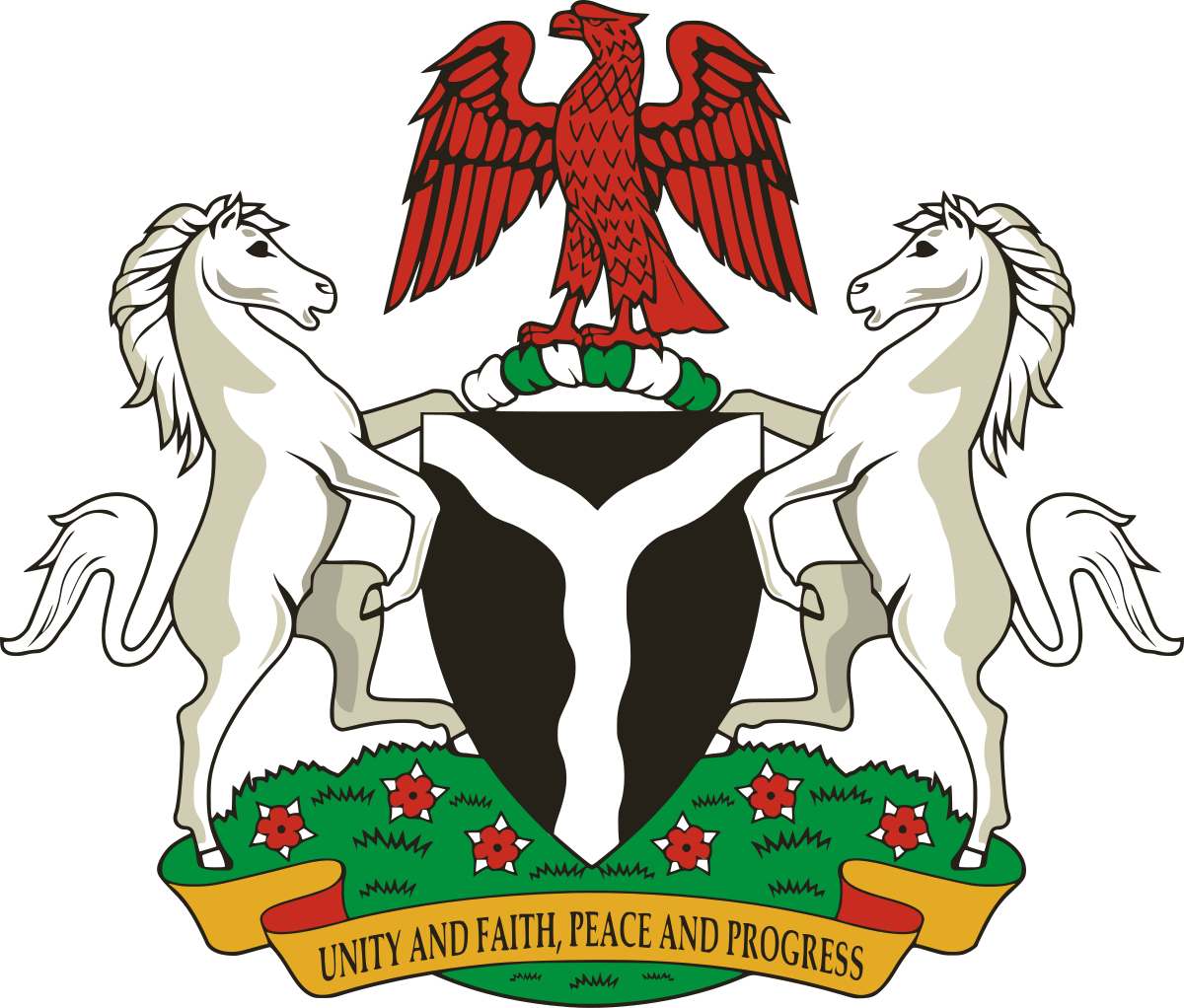By,
Dr. Abdulkareem ONAKOYA (PhD, FNIMC),
Department of Political Science,
Lagos State University of Education, Oto-Ijanikin,
(Epe Campus),
Lagos,
Email: onakoyaa@lasued.edu.ng,
Tel: +2348026621805.
7th June, 2023.
I was agape after listening attentively to a discourse Senator-Elect, Hon. (Dr.) Jimoh Ibrahim granted the Channels TV some days ago on the ‘90 days’ supernatural model of paying the debts of the nation.
It took me to a point where I couldn’t imagine what our leaders were into all these while seeing the country plunging into the abyss of colossal penury and impecuniousness.
His explanation and the purported discussion with the president sometimes in the past could be better taken with all seriousness and economic consciousness.
The Harvard University graduate succinctly said that Nigeria needs to make a bridge gap financial plan and take a loan five times whatever we are currently owing, then pay off the existing loan.
Afterwards, we do a repayment programme for 40 years and then have a honorarium of 10 years and we shall be out of the debts totally.
That was marvellous and fantastic indeed. A country like the United Arab Emirates (UAE) with a population of little above 12 million (3 million indigenous) is currently surviving in the same model of loan strategy.
The oil rich company took a revolving credit for the development of the economy. In 2020, the country’s gross government debt was a manageable 77% of GDP. That doesn’t include borrowings by major state-owned groups (S&P, 2021). In 2022, it was estimated at 97.56% of GDP according to the US Federal Reserve.
China’s external debt is 250% of GDP with over 138 trillion yuan which is equivalent of $18 trillion. This is higher than the US but however lower than that of Japan, the world’s most indebted leading economy but experts say that China’s debt has surged at the pace that usually leads to a financial bust and economic slump.
As at February 2023, the US’s gross debt stood at a bit over $31.7 trillion. $24 trillion held by the public and $7 trillion held by the intergovernmental agencies.
In tackling the internal issues, experts have argued that borrowing from the established institutions may turn things around in the first 100 days.
It was observed that for any meaningful growth and developmental activities, the new government should consider huge borrowing to meet up with several bills and spendings of the government so that the interest of the people would be met.
A bridge gap model of financial roadmap to the Exim banks such as the China Exim Bank which worths $609,708,000,000, Japan Bank for International Cooperation with net value of $159,014,000,000, Korea Eximbank with a substantial value of $87,355,800,000 and others like Finnvera, COFACE, Nippon Export and Investment Insurance etc will do the magic.
Most of these financial institutions are put in place to support governments most particularly the economies of the developing nations to grow steadily.
This new regime is just 9 days old and much are being expected from it. The effects of the removal of the fuel subsidy is still battling the economy as it has ravaged the country’s economy and promoted the financial crisis in the land.
The stock market is also very important to be visited as a matter of urgency. The ‘dollar-market’ must be fought vigorously for a cleaner and saner space.
This will allow for a better and saver way to push the gap in order to keep the balances on the common people.
100 days in office which is just a stone throw would indeed be a litmus test for the ruling party and the ‘renewed hope’ family.
The clock sounds; ‘tick’, ‘tick’, ‘tock’.


